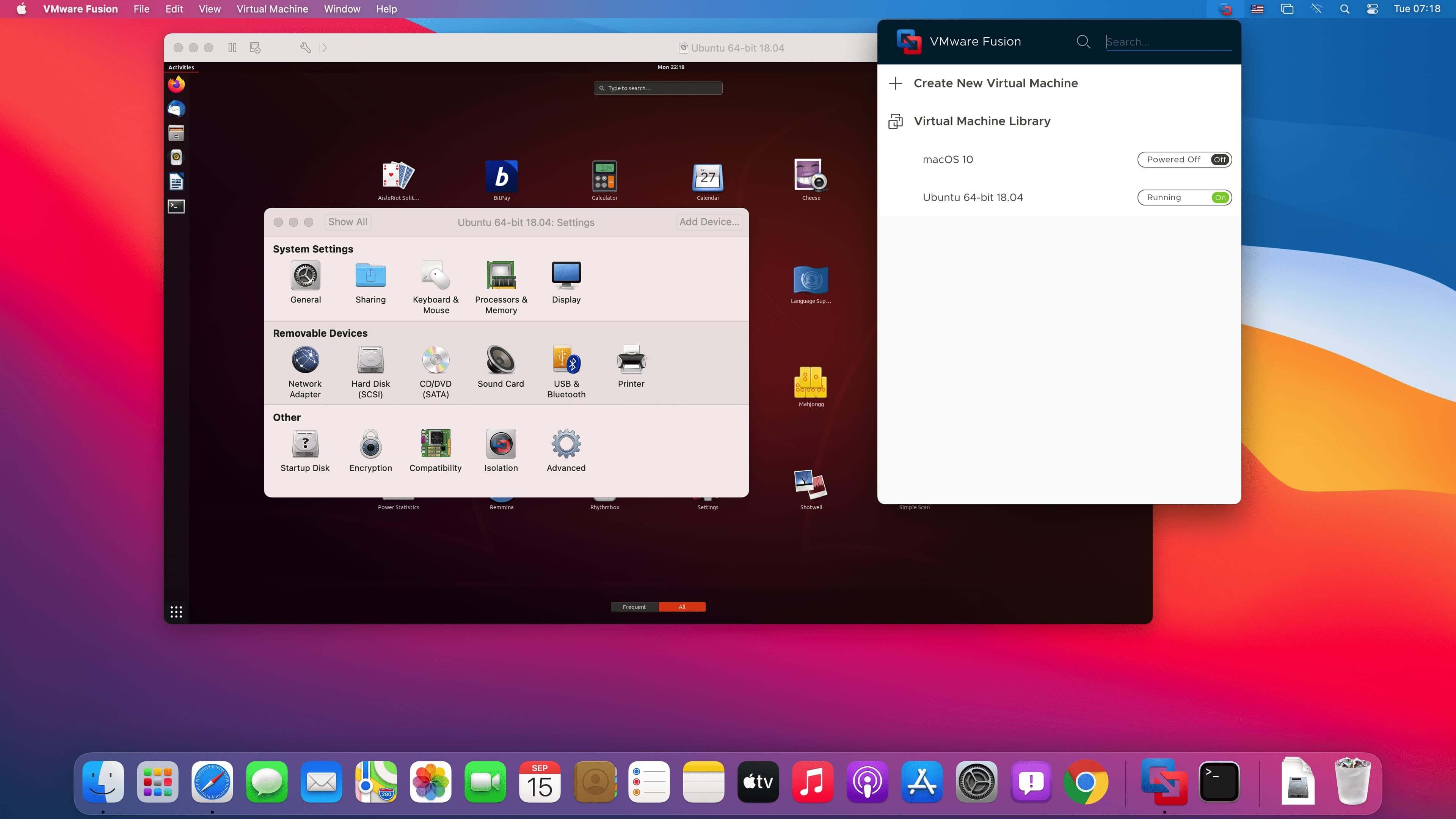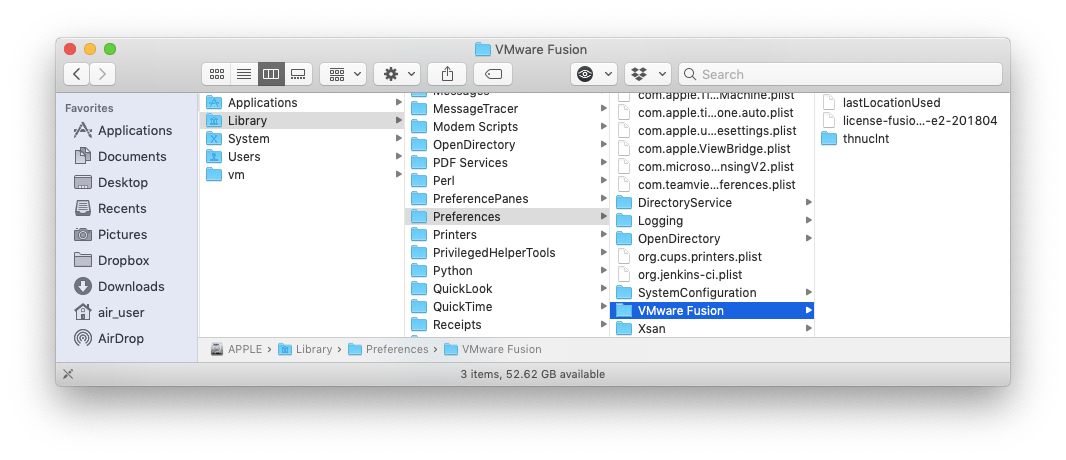
- #Uninstall vmware fusion 10 from mac update
- #Uninstall vmware fusion 10 from mac for android
- #Uninstall vmware fusion 10 from mac mac
pl script located in the installation directory. This can be done using the provided vmware-tools-uninstall-tools. Notice the “/S” parameter in the command this, along with the “/v/qn”, tells the installer to uninstall in silent mode with no user input required.Īfter VMware Tools has been uninstalled, the last step is to clean up any remaining VMware Tools-related files. Once in this directory, run the following command: The default directory is usually C:\Program Files\VMware\VMware Tools. The first step is to change to the directory where the VMware Tools installation files are stored.

Uninstalling VMware Tools from the command line is a fairly straightforward process, and can be done in two main steps.

How do I uninstall VMware tools from command line? Once all relevant files have been removed, restart the computer before installing a new version of VMware Tools. Once all the files related to VMware Tools have been found, delete them. The easiest way to do this is to use Windows explorer to search the entire computer for any files related to the software.īe sure to check any searches specifically for. Once VMware Tools has been uninstalled, it is necessary to remove any remaining files related to the software. If one or more entries are found, select them and click on Uninstall/Change to remove them. Under the list of installed programs, look for any entries related to VMware or VMware Tools.
#Uninstall vmware fusion 10 from mac for android
(Parallels can already do this, which gives me hope that VMware will get there too.Top 10 Best Photo Editing Apps for Android I'm most interested in being able to virtualise Apple Silicon versions of macOS, which might be some time away.
#Uninstall vmware fusion 10 from mac update
A future update (prerelease already available) will allow it to run with ARM-based guests: initially Linux only, might eventually support macOS guests (which must be macOS 11 Big Sur or later as older versions are Intel-only), unknown whether ARM versions of Windows will ever be supported (Microsoft says no at present, therefore VMware won't support it).īecause of this, I'm keeping my 2019 16-inch MacBook Pro (Intel) for running virtual machines, and have no timeline on when it would be worth installing VMware Fusion on my 2021 MacBook Pro (M1 Pro) as I currently have no need to run ARM Linux VMs. You would need an emulator to run Intel operating systems on an Apple Silicon Mac.įurthermore, Fusion 12.2.0 or earlier doesn't work at all on an Apple Silicon Mac. Virtualisation requires the same processor architecture for the host and guest. Switching to Parallels Desktop or VirtualBox won't help: neither of them can virtualise an Intel operating system on an Apple Silicon (ARM) processor.

#Uninstall vmware fusion 10 from mac mac
If you need to run those OS versions in a virtual machine, the host must be a Mac with an Intel processor (such as your 2019 MacBook Pro). This affects all Intel Windows guests, all Intel Linux guests, and all macOS 10.15 Catalina or earlier guests (which are Intel-only). VMware Fusion cannot and never will be able to run Intel-based virtual machines on a Mac with an Apple Silicon processor (M1 or later). I get the following error message: "Transport (VMDB) error-14: Pipe connection has been broken" 12.2.0 was working fine on my MacBook Pro 2019 running Monterey 12.0.1, but when I transferred to the new M1 MacBook Pro running 12.0.1 the virtual machine will no longer launch Mojave.


 0 kommentar(er)
0 kommentar(er)
